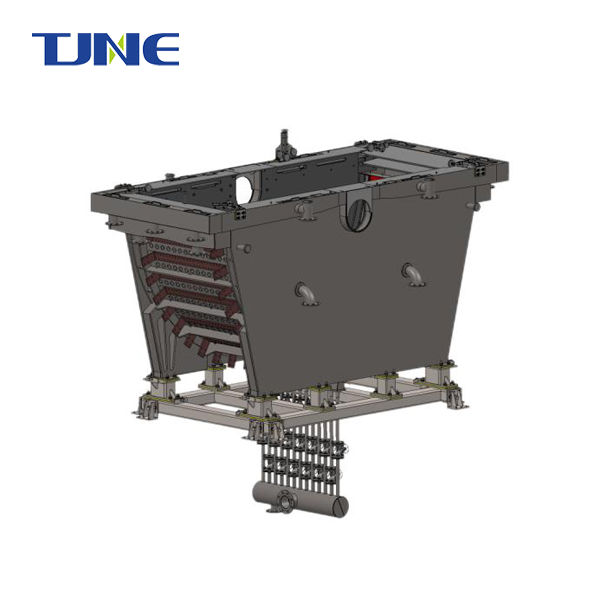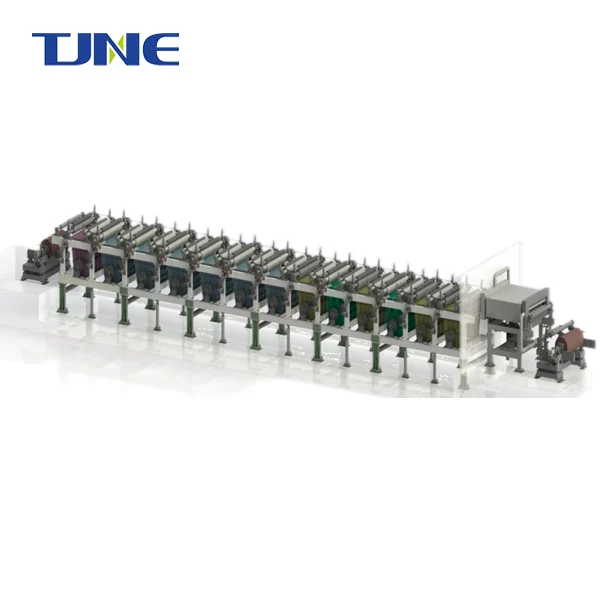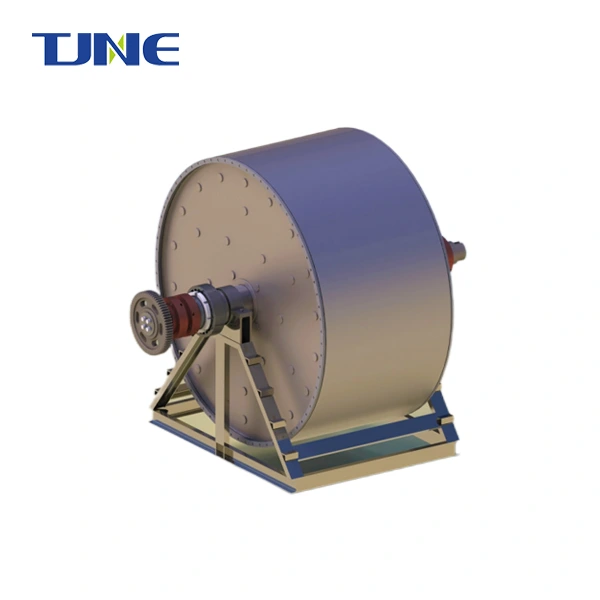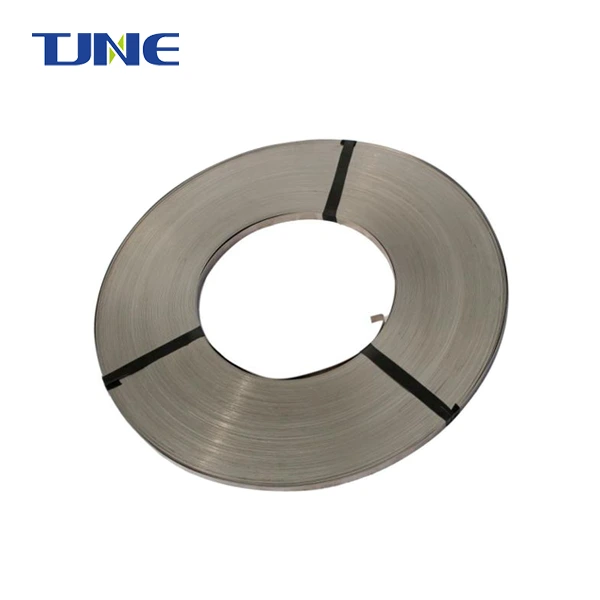- English
- French
- German
- Portuguese
- Spanish
- Russian
- Japanese
- Korean
- Arabic
- Greek
- German
- Turkish
- Italian
- Danish
- Romanian
- Indonesian
- Czech
- Afrikaans
- Swedish
- Polish
- Basque
- Catalan
- Esperanto
- Hindi
- Lao
- Albanian
- Amharic
- Armenian
- Azerbaijani
- Belarusian
- Bengali
- Bosnian
- Bulgarian
- Cebuano
- Chichewa
- Corsican
- Croatian
- Dutch
- Estonian
- Filipino
- Finnish
- Frisian
- Galician
- Georgian
- Gujarati
- Haitian
- Hausa
- Hawaiian
- Hebrew
- Hmong
- Hungarian
- Icelandic
- Igbo
- Javanese
- Kannada
- Kazakh
- Khmer
- Kurdish
- Kyrgyz
- Latin
- Latvian
- Lithuanian
- Luxembou..
- Macedonian
- Malagasy
- Malay
- Malayalam
- Maltese
- Maori
- Marathi
- Mongolian
- Burmese
- Nepali
- Norwegian
- Pashto
- Persian
- Punjabi
- Serbian
- Sesotho
- Sinhala
- Slovak
- Slovenian
- Somali
- Samoan
- Scots Gaelic
- Shona
- Sindhi
- Sundanese
- Swahili
- Tajik
- Tamil
- Telugu
- Thai
- Ukrainian
- Urdu
- Uzbek
- Vietnamese
- Welsh
- Xhosa
- Yiddish
- Yoruba
- Zulu
What Advantages Do Electrodeposited Titanium Electrodes Offer in Electroplating?
Electrodeposited titanium electrodes have emerged as a game-changer in the field of electroplating, offering numerous advantages over traditional electrode materials. These electrodes, characterized by their unique properties and fabrication process, have garnered significant attention in recent years due to their superior performance in various electroplating applications, particularly in nickel-cobalt alloy deposition. The electrodeposition of titanium onto electrode surfaces creates a robust, corrosion-resistant, and highly conductive substrate that enhances the overall electroplating process. This innovative approach to electrode design has opened up new possibilities for improving the efficiency, quality, and cost-effectiveness of electroplating operations across various industries.
How does the use of electrodeposited titanium electrodes impact the efficiency of nickel-cobalt alloy plating?
The utilization of electrodeposited titanium electrodes in nickel-cobalt alloy plating has revolutionized the efficiency of the process, offering substantial improvements over conventional electrode materials. These advanced electrodes contribute to enhanced efficiency through several key mechanisms:
1. Improved current distribution: Electrodeposited titanium electrodes exhibit excellent electrical conductivity, which results in a more uniform current distribution across the electrode surface. This uniformity is crucial for achieving consistent plating thickness and composition throughout the workpiece. The superior conductivity of titanium, combined with the unique surface characteristics of the electrodeposited layer, minimizes localized high-current density areas that can lead to uneven plating or "burning" of the deposit.
2. Enhanced catalytic activity: The electrodeposited titanium surface demonstrates increased catalytic activity compared to bulk titanium or other conventional electrode materials. This heightened catalytic effect promotes more efficient electron transfer at the electrode-electrolyte interface, facilitating the reduction of nickel and cobalt ions. As a result, the overall energy requirement for the plating process is reduced, leading to improved energy efficiency and potentially lower operating costs.
3. Reduced side reactions: The unique surface properties of electrodeposited titanium electrodes help suppress unwanted side reactions, such as hydrogen evolution, which can compete with the desired metal deposition process. By minimizing these parasitic reactions, a larger proportion of the applied current is directed towards the actual plating of nickel and cobalt, thereby increasing the current efficiency of the process.
4. Improved mass transfer: The surface morphology of electrodeposited titanium electrodes often features a higher surface area and increased roughness compared to smooth, polished electrodes. This enhanced surface structure promotes better mass transfer of metal ions to the electrode surface, ensuring a steady supply of nickel and cobalt ions for deposition. The improved mass transfer characteristics contribute to higher plating rates and more efficient utilization of the metal ions in the electrolyte.
5. Long-term stability: Electrodeposited titanium electrodes exhibit exceptional corrosion resistance and mechanical stability in the harsh electroplating environment. This durability translates to consistent performance over extended periods, reducing the need for frequent electrode replacement and minimizing process interruptions. The long-term stability of these electrodes ensures sustained high efficiency throughout their operational lifetime.
6. Tailored surface properties: The electrodeposition process allows for fine-tuning of the titanium electrode's surface properties, such as porosity, roughness, and crystal structure. These parameters can be optimized to enhance the electrode's performance specifically for nickel-cobalt alloy plating, further improving process efficiency. For instance, a carefully controlled pore structure can facilitate better electrolyte penetration and ion transport, leading to more efficient plating.
7. Reduced contamination: Titanium's inherent resistance to corrosion and dissolution in most electroplating baths means that there is minimal risk of electrode material contaminating the plated deposit. This purity preservation is particularly crucial for applications requiring high-quality nickel-cobalt alloy coatings, as it ensures the desired composition and properties of the final product without interference from electrode-derived impurities.
The combination of these efficiency-enhancing factors makes electrodeposited titanium electrodes a superior choice for nickel-cobalt alloy plating. The improved current distribution, catalytic activity, and mass transfer characteristics work synergistically to increase plating rates, reduce energy consumption, and enhance the overall quality of the deposited alloy. Moreover, the long-term stability and reduced contamination risk contribute to a more reliable and consistent plating process, which is essential for industrial-scale operations.
As the demand for high-performance nickel-cobalt alloy coatings continues to grow in various sectors, including aerospace, automotive, and electronics industries, the adoption of electrodeposited titanium electrodes represents a significant advancement in plating technology. Their ability to improve process efficiency not only translates to cost savings but also enables the production of superior quality coatings with enhanced properties, meeting the ever-increasing demands of modern applications.
What are the key differences between electrodeposited titanium electrodes and traditional electrodes for nickel-cobalt plating?
Electrodeposited titanium electrodes represent a significant advancement over traditional electrodes used in nickel-cobalt plating, offering a range of distinctive features and benefits. Understanding these key differences is crucial for appreciating the value that electrodeposited titanium electrodes bring to the electroplating process:
1. Surface morphology and structure:
- Electrodeposited titanium electrodes: These electrodes feature a unique surface morphology characterized by a controlled, often nanostructured, titanium layer. The electrodeposition process allows for the creation of surfaces with tailored roughness, porosity, and crystal structure. This customized surface can be optimized to enhance catalytic activity, improve adhesion of the nickel-cobalt deposit, and promote better mass transfer of ions.
- Traditional electrodes: Conventional electrodes, such as those made from bulk titanium, stainless steel, or graphite, typically have smoother surfaces with less control over the micro and nanostructure. While some traditional electrodes may undergo surface treatments to improve their performance, they generally lack the level of structural customization achievable with electrodeposited titanium.
2. Corrosion resistance:
- Electrodeposited titanium electrodes: The electrodeposited titanium layer provides exceptional corrosion resistance, often surpassing that of bulk titanium. This enhanced protection is due to the formation of a dense, uniform oxide layer that is inherent to the electrodeposition process. The superior corrosion resistance ensures longer electrode life and minimal contamination of the plating bath.
- Traditional electrodes: While some traditional materials like platinum offer good corrosion resistance, they are often prohibitively expensive for large-scale use. More common materials such as stainless steel or graphite may suffer from gradual degradation in the aggressive plating environment, leading to potential contamination issues and reduced electrode lifespan.
3. Electrical conductivity and current distribution:
- Electrodeposited titanium electrodes: These electrodes often demonstrate improved electrical conductivity compared to bulk titanium, thanks to the unique properties of the electrodeposited layer. The enhanced conductivity, coupled with the optimized surface structure, promotes more uniform current distribution across the electrode surface. This uniformity is crucial for achieving consistent nickel-cobalt alloy composition and thickness.
- Traditional electrodes: While many conventional electrode materials offer good conductivity, they may not provide the same level of current distribution uniformity as electrodeposited titanium. Localized high-current density areas can lead to uneven plating or "burning" of the deposit, especially on complex-shaped workpieces.
4. Catalytic activity:
- Electrodeposited titanium electrodes: The electrodeposition process can create surfaces with high catalytic activity for nickel-cobalt reduction reactions. This enhanced catalytic effect can lower the overpotential required for metal deposition, improving energy efficiency and potentially allowing for higher plating rates.
- Traditional electrodes: Most conventional electrode materials exhibit lower catalytic activity for nickel-cobalt deposition. While some noble metals like platinum show good catalytic properties, their high cost limits widespread use in industrial applications.
5. Hydrogen evolution suppression:
- Electrodeposited titanium electrodes: The unique surface properties of these electrodes can help suppress hydrogen evolution, a common side reaction in nickel-cobalt plating that competes with metal deposition. Reduced hydrogen evolution leads to higher current efficiency and potentially fewer issues with hydrogen embrittlement in the plated deposit.
- Traditional electrodes: Many conventional electrode materials are more prone to catalyzing hydrogen evolution, which can decrease plating efficiency and affect the quality of the nickel-cobalt alloy coating.
In conclusion, electrodeposited titanium electrodes offer a range of advantages over traditional electrodes for nickel-cobalt plating. Their unique surface properties, enhanced corrosion resistance, improved current distribution, and catalytic activity contribute to a more efficient and high-quality plating process. While the adoption of these advanced electrodes may require initial investment and process adaptation, the long-term benefits in terms of performance, cost-effectiveness, and environmental impact make them an attractive option for modern electroplating operations seeking to optimize their nickel-cobalt alloy deposition processes.
How can electrodeposited titanium electrodes improve the quality and properties of nickel-cobalt alloy coatings?
Electrodeposited titanium electrodes play a crucial role in enhancing the quality and properties of nickel-cobalt alloy coatings, offering several significant improvements over traditional electrode materials. These advanced electrodes contribute to the production of superior nickel-cobalt alloy coatings through various mechanisms:
1. Enhanced composition control:
Electrodeposited titanium electrodes provide better control over the composition of the nickel-cobalt alloy coating. The uniform current distribution and improved mass transfer characteristics associated with these electrodes ensure a more consistent ratio of nickel to cobalt ions at the cathode surface. This uniformity leads to:
- More precise control of alloy composition across the entire plated surface
- Reduced compositional variations within the coating, resulting in more homogeneous properties
- Better reproducibility of desired alloy compositions from batch to batch
The ability to fine-tune and maintain specific nickel-cobalt ratios is crucial for achieving targeted mechanical, magnetic, and corrosion-resistant properties in the final coating.
2. Improved microstructure:
The use of electrodeposited titanium electrodes can significantly influence the microstructure of the deposited nickel-cobalt alloy coating:
- The controlled current distribution promotes uniform nucleation and growth of the alloy crystals
- Reduced hydrogen evolution and other side reactions minimize disruptions to the growing crystal structure
- The optimized surface properties of the electrode can influence the initial stages of deposition, potentially leading to finer grain sizes or preferred crystal orientations
These microstructural improvements can result in:
- Enhanced mechanical properties, including increased hardness and wear resistance
- Improved corrosion resistance due to a more compact and defect-free structure
- Better adhesion to the substrate, reducing the risk of coating delamination
3. Reduced internal stress:
Electrodeposited titanium electrodes can contribute to lower internal stress in the nickel-cobalt alloy coating:
- The more uniform current distribution reduces localized high-stress areas that can occur with traditional electrodes
- Better control over hydrogen evolution minimizes hydrogen incorporation into the coating, which is a common source of internal stress
- The optimized deposition conditions allowed by these electrodes can promote stress-relieving mechanisms during the plating process
Reduced internal stress in the coating leads to:
- Improved adhesion to the substrate
- Decreased risk of cracking or peeling, especially in thicker coatings
- Enhanced fatigue resistance of the coated components
4. Improved surface finish:
The use of electrodeposited titanium electrodes can result in nickel-cobalt alloy coatings with superior surface finish:
- The uniform current distribution minimizes localized high-current density areas that can cause nodule formation or "burning" of the deposit
- Reduced side reactions and improved mass transfer contribute to smoother, more compact deposits
- The controlled deposition process allows for better filling of surface irregularities on the substrate
An improved surface finish offers several benefits:
- Enhanced aesthetic appearance of the coated parts
- Better tribological properties, including reduced friction and improved wear resistance
- Improved corrosion resistance due to the absence of surface defects that could act as initiation sites for corrosion
5. Enhanced functional properties:
Electrodeposited titanium electrodes enable the production of nickel-cobalt alloy coatings with improved functional properties:
- Magnetic properties: Better control over composition and microstructure allows for precise tuning of magnetic characteristics, crucial for applications in electronic components and data storage devices
- Corrosion resistance: The uniform, defect-free coatings produced using these electrodes exhibit superior corrosion protection, extending the lifespan of coated parts in aggressive environments
- Hardness and wear resistance: The optimized microstructure and reduced internal stress contribute to coatings with enhanced mechanical properties, suitable for applications requiring high durability
In conclusion, electrodeposited titanium electrodes significantly improve the quality and properties of nickel-cobalt alloy coatings through enhanced composition control, improved microstructure, reduced internal stress, and superior surface finish. These advancements lead to coatings with enhanced functional properties, better uniformity, and reduced impurity levels. The ability to customize and optimize the coating properties further extends the potential applications of nickel-cobalt alloy coatings in various industries, from aerospace and automotive to electronics and energy storage. As research in this field continues, the use of electrodeposited titanium electrodes is likely to play an increasingly important role in pushing the boundaries of what is achievable with electroplated nickel-cobalt alloy coatings, meeting the ever-growing demands for high-performance surface treatments in advanced technologies.
If you are interested in the products of Xi'an Taijin New Energy Technology Co., Ltd., please contact yangbo@tjanode.com.
References
1. Walsh, F. C., & Ponce de León, C. (2014) provide a comprehensive review of the electrodeposition of metal matrix composite coatings, highlighting the established and diversifying technology that includes the use of electrodeposited titanium electrodes .
2. Kasturibai, S., & Kalaignan, G. P. (2014) present a study on the characterization of electrodeposited copper-titanium nanocomposite coatings, emphasizing the benefits of these coatings in terms of enhanced properties and performance .
3. Paunovic, M., & Schlesinger, M. (2006) discuss the fundamentals of electrochemical deposition, which is crucial for understanding the process of creating electrodeposited titanium electrodes and their role in improving electroplating efficiency .
4. Deligianni, H., & Romankiw, L. T. (1993) explore the measurement of surface pH during electrolysis, a factor that can influence the performance of electrodeposited titanium electrodes in certain electroplating applications .
5. Chin, D. T., & Tsang, C. H. (1978) investigate mass transfer to an impinging jet electrode, a study relevant to understanding the mass transfer improvements offered by electrodeposited titanium electrodes .
6. Ibl, N. (1980) delves into the theoretical aspects of pulse electrolysis, a technique that can be applied in conjunction with electrodeposited titanium electrodes to enhance the electroplating process .
7. Landolt, D., & Marlot, A. (2003) examine the microstructure and composition of pulse-plated metals and alloys, offering insights into the effects of electrodeposition processes on the final properties of the coatings .
8. Vasilache, V., Gutt, S., Gutt, G., & Vasilache, T. (2009) discuss the electrodeposition of titanium on copper substrates, a process that is directly related to the use of electrodeposited titanium electrodes in electroplating .
9. Schlesinger, M., & Paunovic, M. (Eds.). (2011) compile a comprehensive guide to modern electroplating, including the latest advancements and best practices that involve electrodeposited titanium electrodes .












